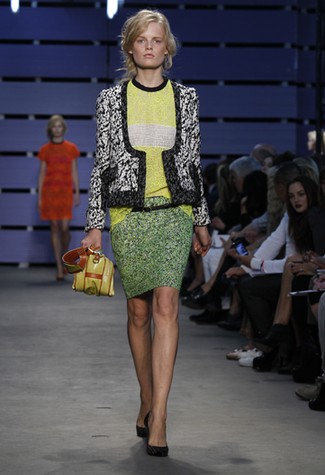
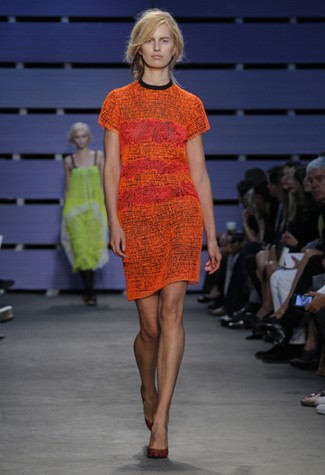
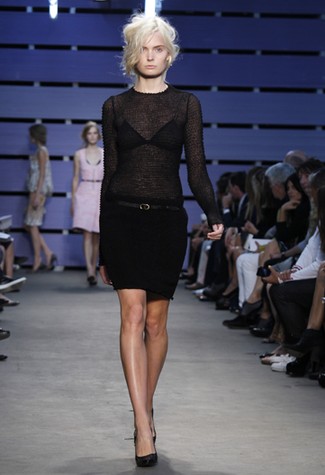
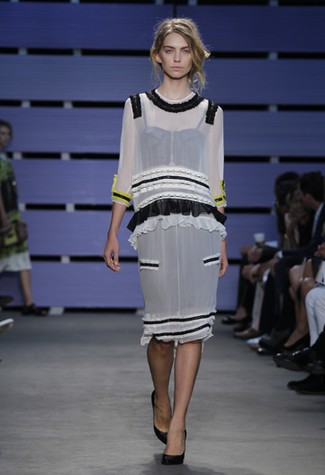
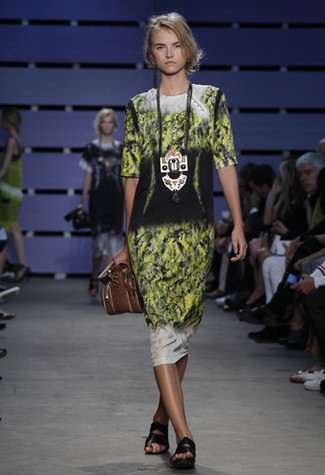
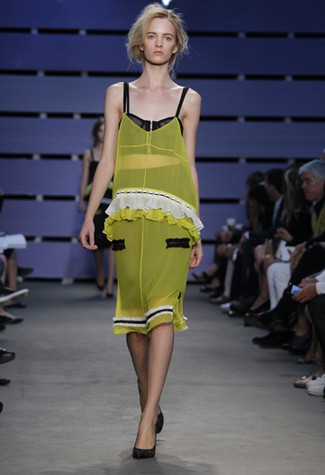
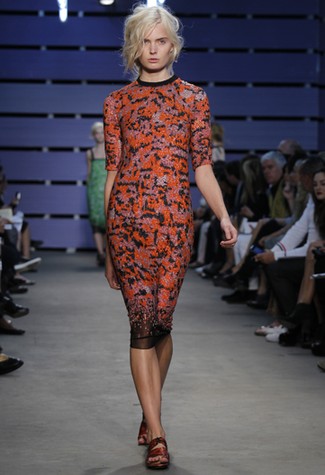
Designers Lazaro Hernandez and and Jack McCollough presented a sophisticated and elegant Spring 2011 collection for Proenza Schouler at the recent New York Fashion Week. Sleek dresses hung below the knees, creating a soft and attractive silhouette. The use of color helped to create appealing shapes, with warm salmon, light peach and black as palette staples, but also jazzed up with acid pink and yellow neon tones. Their ideas artfully combine longer hemlines that point to fifties inspired designs, as well as Chanel-inspired tweed numbers, while enhancing the charming silhouettes by introducing sheer and lace fabrics to add rich texture, not to mention a dose of edge, featuring colorful tye-die moments in silk dresses. All of these elements of shape, color and form are components that gracefully come together to reveal a complete collection of dress, resulting in a powerful runway presentation and culminating in an impressive body of work that illustrates the intersection between art and design.
So, where does this all come from? It all starts with an idea, formed into a fully fleshed out concept to be executed into a visual and physical manifestation. Let us consider Kostas Terzidis' Etymology of Design: Pre-Socratic Perspective, as he explains "the notion of an origin is important when discussing the process of design. Because of its investigative nature, design always is associated with a starting point or a pivot out of which style, fashion, or mannerisms result."
Case in point. In an effort to keep progressing and growing, designers Hernandez and McCollough introduced to their audience a new collection which is drastically different from their last, but is definitely influenced by moments in the past. By taking a step in another direction with this collection, they leave behind last year's tight, short, body conscious garments, and forge on with more polished and ladylike looks. This transition points to the reality of design in general, which draws on previous work in order to move forward, in the quest to step "into the future, as a search for new entities, processes, and forms," (Terzidis).
-AM
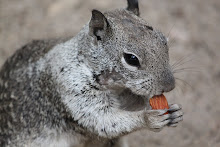
No comments:
Post a Comment